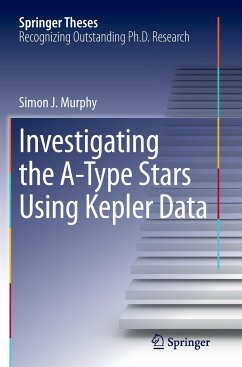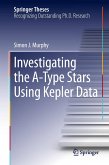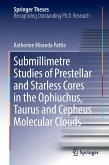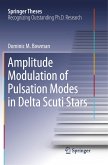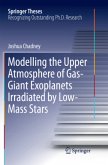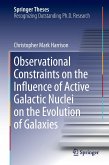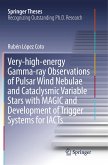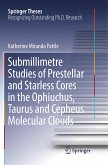Simon Murphy's thesis has significant impact on the wide use of the revolutionary Kepler Mission data, leading to a new understanding in stellar astrophysics. It first provides a deep characterisation and comparison of the Kepler long cadence and short cadence data, with particular insight into the Kepler reduction pipeline. It then brings together modern reviews of rotation and peculiarities in A-type stars, and their relationship with the pulsating delta Scuti stars. This is the first combined review of these subjects since the classic monograph by Sydney Wolff, "The A stars," was published three decades ago. The thesis presents a novel technique, Super-Nyquist Asteroseismology, that has opened up the asteroseismic study of thousands of Kepler stars. It shows case studies of delta Scuti stars examining amplitude growth, super-Nyquist pulsation, and pulsation in a high-amplitude, population II SX Phoenicis star in a 343-d binary. This work informs our understanding of the relation of rotation to peculiarity, hence has applications to atomic diffusion theory. This is a brilliant thesis written in an elegant and engaging style.
Bitte wählen Sie Ihr Anliegen aus.
Rechnungen
Retourenschein anfordern
Bestellstatus
Storno

